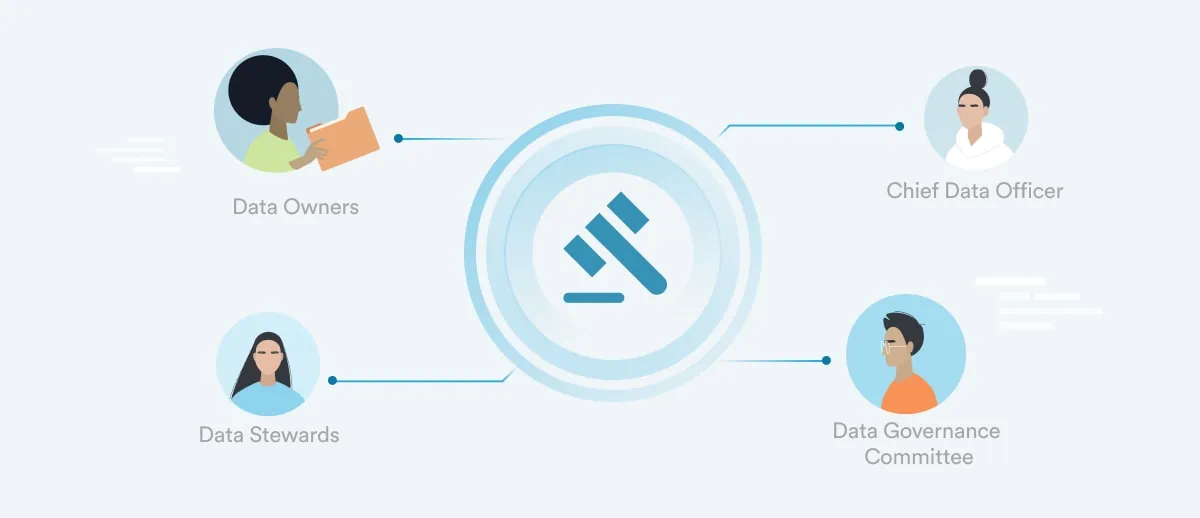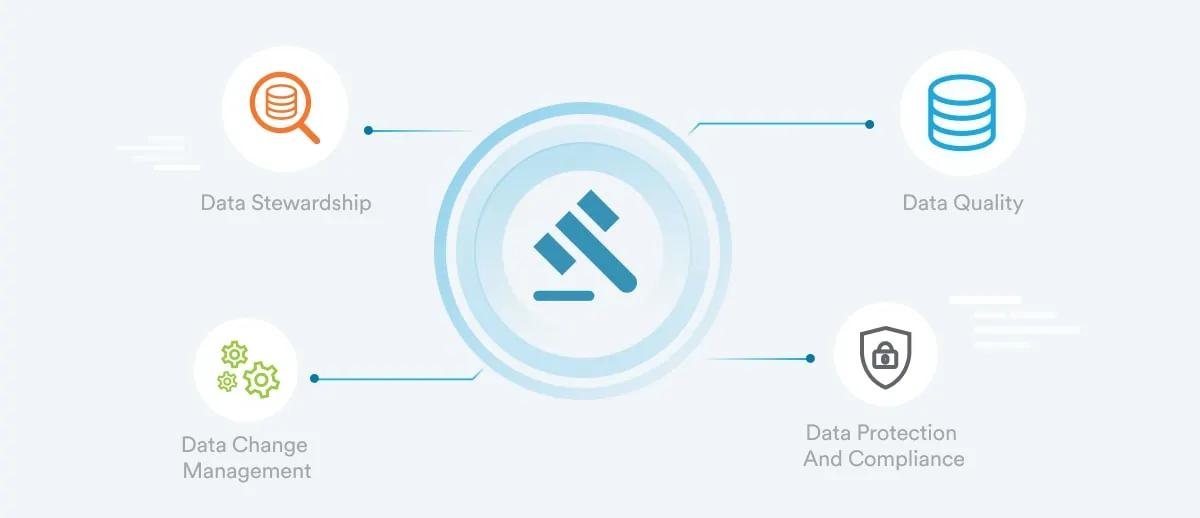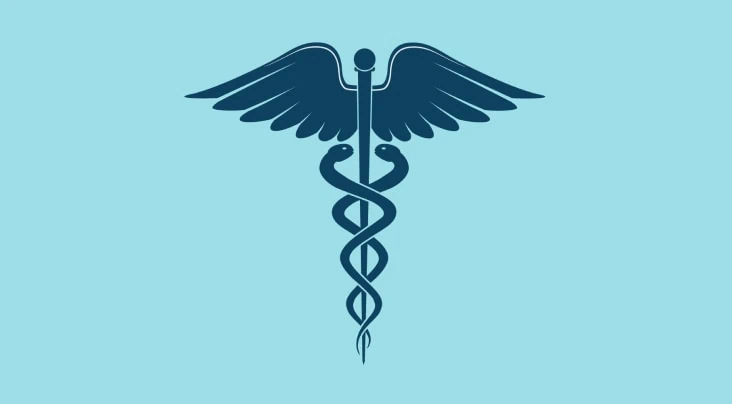Suppose a pharmaceutical company, Company A, is in the process of developing and launching a highly marketed new drug. Most pharma companies usually conduct extensive trials to fully assess the efficacy, safety, and potential side effects of their drug.
Company A did the same. However, it soon emerged during the later stages of development there were tremendous data inconsistencies. Data inconsistencies that delivered varying results related to the supposed side effects of the new drug.
As a consequence, Company A conducts a thorough internal investigation and soon realises that it had not implemented a thorough robust data governance framework. This resulted in different teams working on the drug to function with their own methodologies and analysis that did not align with the other teams. The result? Inconsistent results as well as the lack of any stated process for conflict resolution.
At this juncture, Company A will likely have to conduct a thorough and comprehensive internal audit and assessment to figure out exactly what has been causing the inconsistencies. However, to the reader it should be clear what the main problems are.
The lack of a standardized clinical process, including the data collection, analysis, documentation, and reporting. Roles and responsibilities not being clearly defined across teams leading to unnecessary duplication of efforts. And finally, the absence of any conflict resolution mechanisms, leading to different teams working in their own silos.
In other words, the lack of appropriate data governance.
This anecdote should serve as a reminder of just how important data governance is and how lack of such a framework in place can often snowball into a much bigger problem for organizations. To maintain the accuracy, reliability, and effectiveness of data to maximise its potential to lead to better decision-making, data governance is no longer a choice, but a functional requirement.
What is Data Governance?
At its core, Data Governance (DG) is a set of internal standards and policies that govern how an organization manages the security, integrity, usability, and availability of all data in its data infrastructure. By doing so, an organization can ensure that all such data and the subsequent insights gained from such data are reliable and trustworthy.
More importantly, with the proliferation in data protection and privacy regulations globally, organizations must now approach Data Governance as a critical operational aspect of their overall business decision-making and data processing practices in general.
Aside from regulatory compliance, Data Governance allows organizations to root out any inconsistencies within their data infrastructure that may hinder the integrity of the data. Since various departments within an organization have access to data, their handling, and eventual cataloging may differ, leading to complications in business intelligence (BI) insights, analytics, and other enterprise insights.
Lastly, Data Governance is an essential factor in maintaining data accuracy and consistency by developing standard data definitions and more practical elements, such as standardized data formats across the organization. As a result, any possible data silos can be eliminated, or at the very least, minimized, while harmonizing a centralized data architecture across all business units with access to this data.
There are various other benefits to Data Governance, such as improved data quality, more efficient data management, and better actionable insights for executives, increasing the competitive edge an organization may gain as a result.
















